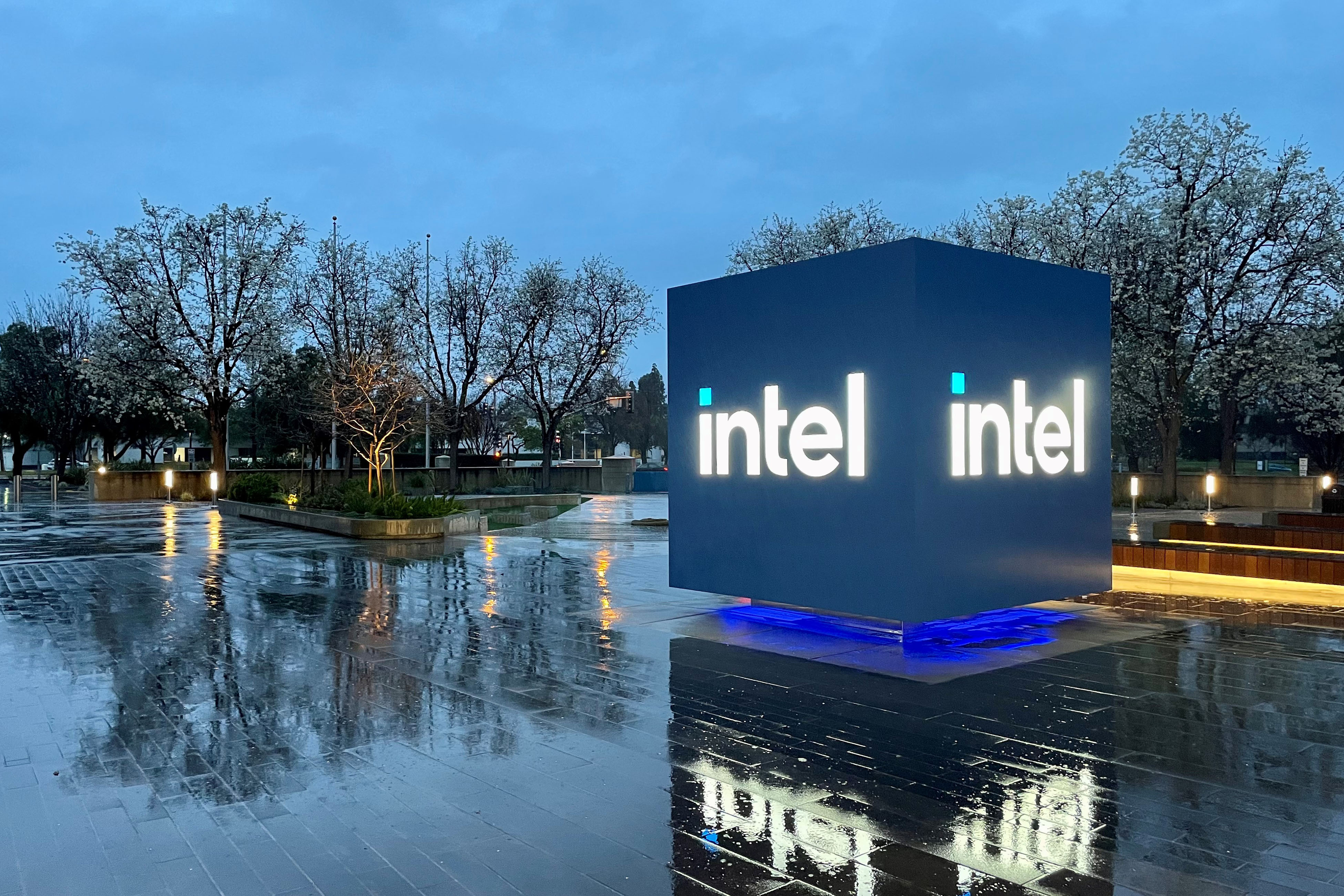
Intel Corporation (NASDAQ:INTC) faces financial setbacks, leading to dividend suspension and workforce reduction.
The company’s financial ratios, such as a P/E ratio of approximately 92.52 and a P/S ratio of about 1.62, indicate valuation concerns.
Intel’s strategic focus on operational efficiency and financial health is crucial for its competitiveness in the semiconductor industry.
Intel Corporation (NASDAQ:INTC), a leading technology firm known for its semiconductor products, is facing a challenging period. The company’s stock has taken a hit following its announcement of second-quarter sales and earnings that did not meet Wall Street’s expectations. This disappointing financial performance has led Intel to take drastic measures, including suspending its dividend and reducing its workforce by 15%. These steps are part of Intel’s broader strategy to streamline operations and manage costs more effectively in light of its recent financial setbacks.
The decision to suspend dividends and cut jobs is a clear indication that Intel is prioritizing financial stability and operational efficiency. This move is significant, considering Intel’s role as a major player in the semiconductor industry, where competition is fierce and innovation is key to maintaining market share. The company’s efforts to adjust its cost structure and improve its financial health are critical in navigating the current economic challenges.
Morgan Stanley’s recent analysis of Intel, maintaining an Equal-Weight grade while lowering the price target from $36 to $25, reflects a cautious outlook on the company’s future performance. This adjustment, as highlighted by TheFly, suggests that analysts are taking note of Intel’s financial challenges and recalibrating their expectations accordingly. The revised price target is a response to the company’s current valuation metrics, which indicate a higher valuation compared to the industry average, with a P/E ratio of approximately 92.52 and a P/S ratio of about 1.62.
Intel’s financial ratios provide further insight into its current state. The company’s enterprise value to sales (EV/Sales) ratio of approximately 2.38 and its enterprise value to operating cash flow (EV/OCF) ratio of around 11.39 highlight its valuation in terms of sales and debt, as well as its efficiency in generating cash from operations. Additionally, Intel’s debt-to-equity (D/E) ratio of about 0.46 and a current ratio of approximately 1.59 suggest a moderate level of debt and a healthy balance between assets and liabilities, ensuring short-term financial stability.
Despite the challenges, Intel’s efforts to streamline its operations and manage costs, coupled with its financial stability indicators, suggest a strategic approach to navigating its current difficulties. The company’s focus on operational efficiency and financial health, as evidenced by its recent decisions and financial metrics, is crucial for its ability to compete in the highly competitive semiconductor industry.

